Enjoying a memorable meal at a restaurant goes beyond great ingredients and the artful skill of a qualified chef. The sobering reality is behind every meal; there is a team of staff, each equally responsible for the meal you consume.
Whether you are eating at a restaurant, bar, or cafe, it is reasonable to expect the nutriment you consume is prepared safely and hygienically, contaminate free, with the freshest of ingredients by caring staff.
Every commercial kitchen in the foodservice industry is required to meet strict safety compliance guidelines. To this end, it is essential your team understands and appreciates the importance of safety and the role it plays in the foodservice and hospitality industry.
Let’s look more closely at what this requires.
Safety vs. Handling
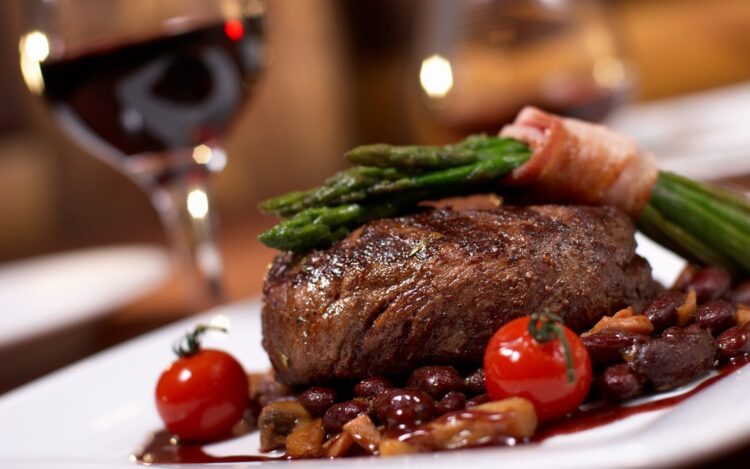
Even though the terms – safety and handling may appear similar, they are, in fact, very different in application with unique responsibilities in the workplace.
If you`re planning on working in the foodservice industry and handling or preparing food, being aware of the industry standards involving safety and handling is crucial, as is the need to be appropriately certified.
What is Food Safety?
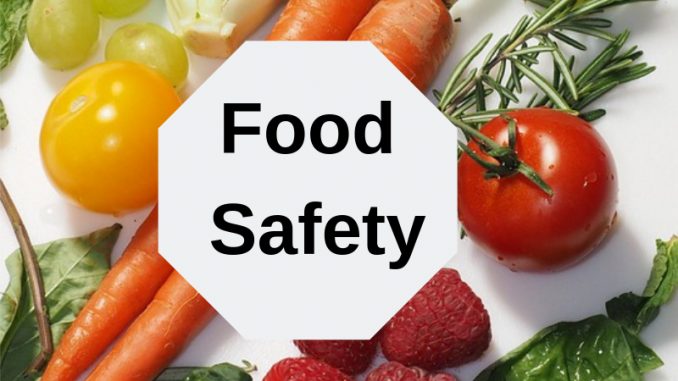
Food safety involves adherence to guidelines in handling, cooking, and preserving nutriment in the workplace, thus guarding against contamination and foodborne illness attributed to bacterial, parasites, and viruses.
It includes all those involved in the nutriments supply chain: from farmers and producers to retailers, even consumers play a role in food safety through feedback.
The goal of food safety principles is to prevent nutriment from becoming contaminated and causing foodborne illnesses. Achieved in several different ways, such as:
- Sanitizing all surfaces, utensils, and equipment
- Maintaining personal hygiene
- Storing, heating and chilling nutriment using the right equipment, and with proper temperature and environment
- Implementing pest control
- Comprehending allergies and intolerance
Whether you are cooking at home or are a professional chef, applying safety principles is crucial to avoid potential consequences.
What is Food Handling?
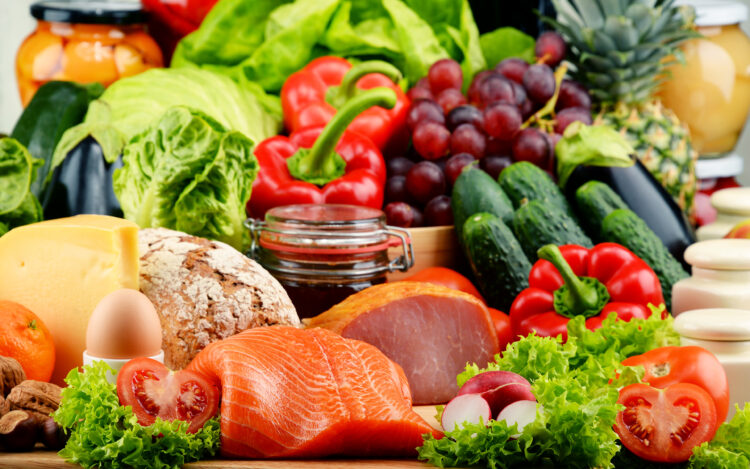
Food handling refers to the process of handling food during preparation, storage, and preparation. It involves proper sanitation, storing food at the correct temperature, and avoiding cross-contamination between meats and vegetables.
When are the food certifications required?
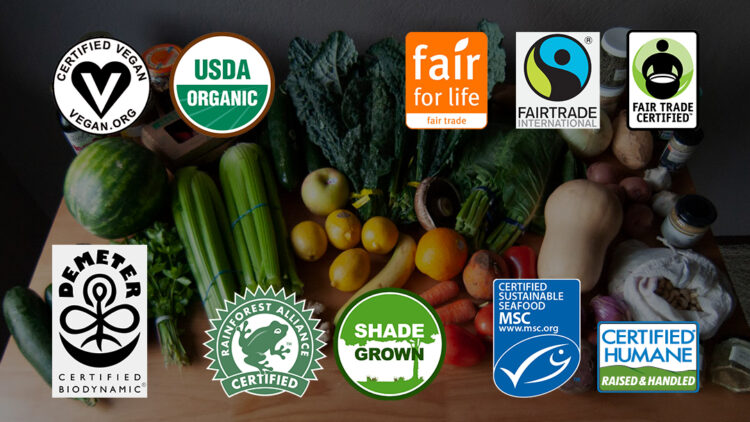
Following are some of the hospitality businesses that require a food safety certificate:
- Cafes
- Fast food outlets
- Hotels, Inn and motels
- Restaurants
- Clubs, bars and pubs
- Fast food chains
- Caterers
- Anywhere food is prepared or sold
Primary types of food contamination
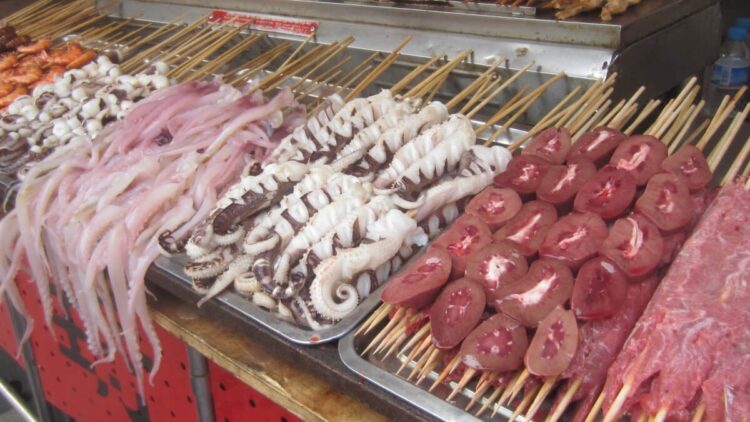
Some nutriment contaminants are visible, such as mold and plastic, while others are not, such as salmonella and antibiotics. All forms of contamination can lead to severe illness or even death, so being aware of the various types of food contaminants, how they enter nutriment, and how to identify them is crucial.
Following are three primary categories of contaminants:
Physical Contaminants
These contaminants refer to foreign objects which enter nutriment during the production process, which can carry harmful biological pollutants that cause illness.
The most common sources of physical contaminants are:
- Hair: Keep your hair tied while cooking and eating.
- Metal and glass: Throw away broken or cracked crockery and utensils.
- Pests: Mice, rats, and cockroaches may contaminate nutriment by dropping urine, saliva, feces, or fur.
- Jewelry: Do not wear jewelry during food handling.
- Dirt: Always wash fruits and vegetables thoroughly to avoid dust.
- Fingernails: Keep nails clean and short. Avoid fake nails.
Chemical Contaminants
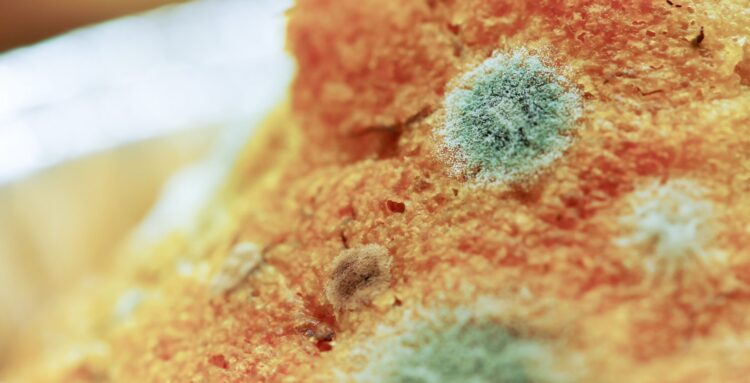
As chemicals are used regularly in the cleaning process, there are strict guidelines set by the Food Authority. Those include the cleaning of surfaces, appliances, and crockery. Incorrect application or use of the wrong cleaner or sanitizer can result in the transference of chemicals or bacteria into freshly prepared food.
Food handlers must be aware of the presence of potential toxins in nutriment and take all precautions to avoid cross-contamination.
- Kitchen cleaning agents: Properly label agents and keep them away from where it is stored.
- Unwashed vegetables and fruits: Fungicides and pesticides on fruits and vegetables are harmful if ingested – ensure all fruits and vegetables adequately washed before preparation.
- Non-safe containers: Do not use single-use items, store it in reusable containers.
- Pest control products: Store pest control products away from goodies and never use them in areas of preparation.
- Kitchen equipment: Use food-safe oil for oiling equipment such as mixers and slicers to avoid chemical residues from contaminating goodies.
Biological Contaminants
Biological contamination occurs through direct contact with pests, rodents, humans, or microorganisms, which can lead to viral disease, bacterial contamination, or parasite contamination, transferred through blood, saliva, etc.
Biological contamination is a common cause of spoilage and poisoning. Food poisoning is attributed to the consumption of germs called pathogens present in goodies, where bacteria can multiply and spread quickly.
Cross-contamination
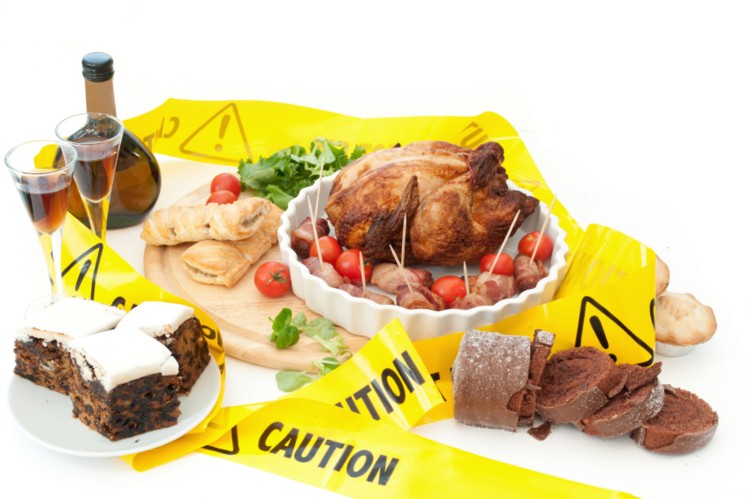
Cross-contamination describes the transfer of contaminants from a person or object to food. Some common causes of cross-contamination are dirty clothes or utensils, but can also be spread through coughing, sneezing, and touching your body during food handling. Direct contact of raw goodies with cooked foods on shared preparation surfaces can also lead to cross-contamination.
High-risk goodies which are easily contaminated
Food contamination is particularly common with poultry and seafood, such as fish and chicken. Fruits, prepared vegetables, and salad also fall under the category of high-risk contaminating goodies. Contaminated goodies appear, taste, and smell normal, but are hazardous to health when ingested.
Some high-risk goodies that easily get contaminated are:
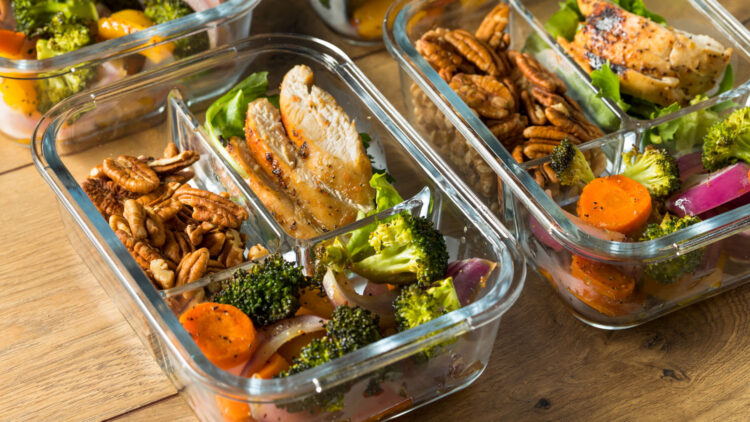
- Poultry
Raw duck, turkey, and chicken are high-risk contaminated goodies. Two types of bacteria – Campylobacter and Salmonella are found in feathers and guts of the birds which can be transferred to your diet during the slaughtering process and survive until you cook them up. To avoid the risk, make sure your poultry is thoroughly cooked and never wash them raw.
- Green Leafy Vegetables
These goodies carry harmful E. coli, Listeria, and other bacteria. Make sure you always wash vegetables and leafy greens and any prepackaged salads stored in the refrigerator.
- Fish
Fish and Shellfish are another two meals that can contain deadly toxins – be mindful of how seafood is stored before and after purchase.
- Rice
Uncooked rice can contain spores of Bacillus Cereus, which produce toxins poisoning your goodies. When you leave cooked rice in the warm, moist environment, bacteria can multiply quickly, making it unsafe to eat.
To avoid bacteria, serve the cooked rice immediately and refrigerate leftover rice quickly. When reheating, it should steam hot to prevent contamination.
- Unpasteurized Dairy
Pasteurization is a process that involves heating milk to kill harmful microorganisms. Pasteurized dairy products are free from harmful bacteria and parasites such as Campylobacter, Brucella, Cryptosporidium, Salmonella, etc. To avoid consuming contaminated dairy products, make sure you buy pasteurized products only.
- Fruit
Fruits that grow on the ground are high-risk meals because of Listeria bacteria. Fresh and frozen berries such as raspberries and blueberries are also a source of harmful bacteria and toxins.
To reduce the risk, make sure you wash your fruit thoroughly before eating them. Also, eat fruits as soon as you cut them or store them immediately in an airtight container in the fridge.
- Sprouts
All forms or raw sprouts pose high meals poisoning risk from the bacteria E.coli, Salmonella, and Listeria. Sprouts grow in moist and warm conditions, which are perfect for bacteria’s growth too. For this reason, cook sprouts before eating them to avoid the risk of meal poisoning.
Food poisoning prevention through hygiene awareness
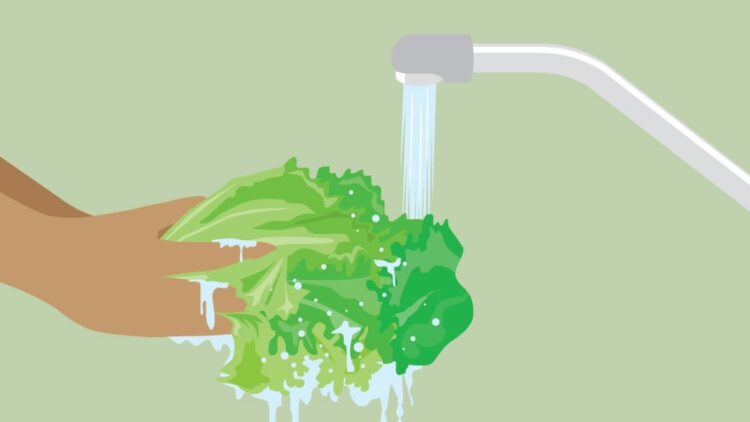
Poor hygiene is one of the primary causes of meals poisoning and other foodborne diseases. Correct food hygiene practices reduce the risk of snack poisoning while ensuring goodies safety from the farm to the plate.
Food can become contaminated at any time during slaughtering, processing, storage, preparation, serving, etc. Inadequate hygiene can cause severe foodborne illness.
Some hygiene practices to avoid poisoning are:
- Wash your hands: Clean your hands with soap and water before and after handling food, after touching surfaces, using the toilet or touching animals.
- Clean worktops: You should wash and clean worktops before and after preparation, especially if the goodies have been touched by raw eggs, fish, and vegetables. You don’t have to use any antibacterial sprays; soapy water will work fine.
- Use clean dishcloths: Always use clean tea towels and dishcloths. Wash and let them dry before using them again. Dirty and damp clothes make it easy for germs to spread.
- Wash vegetables and fruit thoroughly in clean water to remove contaminants.
- Store cooked and raw snacks separately and use different chopping boards to prevent cross-contamination between them. Use a dedicated chopping board for fruits & veggies, poultry, or fresh/cooked nutriment.
- Do not wash raw chicken as it can spread bacteria around your cooking area.
- Cover any cuts on your body, especially on your fingers and hands, with waterproof bandages. Avoid cooking if you are sick.
- Cook thoroughly: Cook your poultry, kababs, burgers, and sausages until steaming hot. If you freeze raw chicken, it can reduce the campylobacter bacteria, but doesn’t eliminate them. To kill these bacteria is to cook chicken thoroughly.
If you would like to know more about cleaning and sanitization, check Norris wrote a compelling article on sanitizing commercial kitchens, which provide some very timely insights.
The Preparation Process
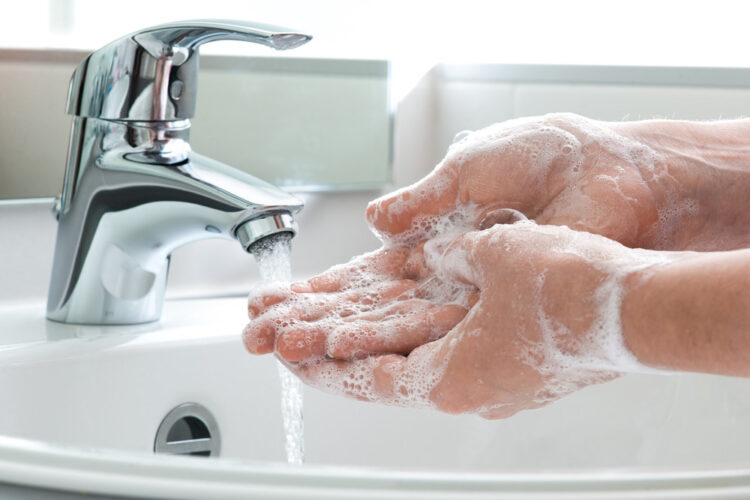
- Wash your hands and utensils
Start with hygiene. Wash your hands and all cooking utensils thoroughly. Use warm water to clean tools such as chopping boards, bowls, and knives. Then, let them dry before you use them for cooking. Proper cleaning removes most of the harmful bacteria present. Next, sanitizing kills the remaining bacteria up to a large extent. You can find more information on cleaning and sanitization on the Food Authority website.
- Clean snacks
All fruits and vegetables may contain dirt or chemical residues, so you need to be super vigilante in the cleaning and preparation process before commencing the cooking process.
- Separate
Separate edible from inedible snacks and includes shelling, peeling, husking, and sifting. There are some easy to use tools and techniques available for this step.
- Preparation
Do your utmost during the preparation process to eliminate contaminants and preserve nutritional value. Cook using healthy methods like broiling, steaming, grilling, and roasting. Cook your snacks in as little water as possible to protect water-soluble vitamins. Use herbs and spices to add flavors and nutrition to your meal. Avoid processed and packaged snacks as their consumption increases your intake of sugar, salt, fats, and other unhealthy substances.
- Cook
Make sure you cook your snacks thoroughly. Never prepare snacks partially and reheat later. Cook poultry until juices are clear, and you can cook beef steaks as per your preferences. Cooking reduces the level of dangerous bacteria if done correctly.
While some bacteria may remain on the snacks after cooking, these numbers are low enough not to make the consumer sick. However, they can grow when exposed to temperatures of 5°C and 60°C for an extended period.
When it is essential to cook and cool quickly, consider cooking close to the time when you have to serve or sell it. If you have to transport the snacks, cook it, cool it and then carry it.
Food authority safety standards

All businesses in Australia have to follow safety standards and obligations to ensure that the snacks they sell are safe and consumable.
These standards specify requirements for process control that should be satisfied at each step of the safety process. Some of these requirements relate to the storage, processing, packaging, and distribution of food. Many of these requirements are also associated with the expertise and skills of handlers and safety supervisors, hygiene practices, single-use items, etc.
Accredited Courses in Food Safety and Handling
For those that have yet to take the plunge and increase their knowledge of safety and handling, we suggest you to consider taking one of the courses below;
- Food safety certificate
- Food handler certificate
Advanced Food Safety courses are available for businesses such as Food Safety Supervisor and NSW Food Safety Supervisor.
Conclusion
As you can see, snack handling and safety play an essential role in the cooking services industry in ensuring the ongoing health of all consumers.
 Hi Boox Popular Magazine 2024
Hi Boox Popular Magazine 2024



